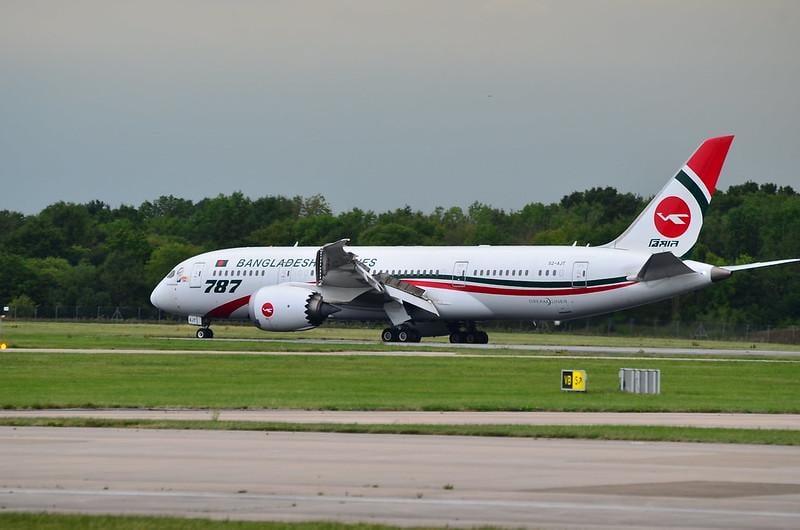Daily Memo: Long Haul’s Return Will Help Asia-Pacific Get Back Into Growth Mode

Asia-Pacific’s prevalence of long-haul and international flying means it will be the last major region to see passenger demand return to 2019 levels.
But it will soon regain its spot as a global leader in fleet growth and, by extension, increases in aftermarket activity.
Aviation Week’s forecast team is putting the finishing touches on its latest 10-year fleet and MRO forecasts, but some of the preliminary projections should come as no surprise. The Asia-Pacific fleet is expected to grow at 4.5% annually through 2032, increasing from 9,100 to about 13,600 transport aircraft during the decade. The figure includes a projected 6,500 new deliveries, partially offset by some 2,000 retirements.
Meanwhile, an expected rise in near-term demand will keep the current fleet busy. If other, faster-recovering regions are a guide, suppliers and aftermarket providers will see a steady flow of work as airlines position themselves for a long-awaited uptick in business.
One watch item will be turnaround times. A combination of rising demand and supply chain constraints—everything from labor to material availability is contributing—means operators must plan further ahead to ensure their fleets are ready to work.
“We don’t believe that airlines are stocking a lot of inventory,” Eric Mendelson, co-president of OEM-alternative parts specialist Heico, said on a recent earnings call. “I think a lot of what we have supplied is going directly onto aircraft. However, when you look at the industry in general, and I talk to our people about supply chain and what’s going on, there’s tremendous extension in the turn time, the quoted turn time to lead times for materials, parts, services, all sorts of things. So, as a result, I think it’s logical to assume that airlines are buying ahead of their needs.”
Heico reported a 24% jump in commercial parts and services sales for the three months ended July 31—its fiscal third quarter. The figure is in line with other aftermarket business lines.
Raytheon says commercial aftermarket sales in both its Pratt & Whitney and Collins Aerospace units are on track to grow 20-25% in 2022 compared to last year. Continued strong narrowbody activity is one reason, but the return of even long-haul flying to pre-pandemic levels by the end of 2023 will contribute as well.
Rolls-Royce executives are on the record as saying some 60% of a projected 1,100-1,200 shop visits will take place in the second half of the year. While the figure includes business and regional aviation powerplants, growth in its large turbofan families such as the Trent will play a major role.
Aviation Week’s Tracked Aircraft Utilization (TAU) showed that the Trent engine family’s July 2022 cycles were at 72% of comparable July 2019 figures and were rising sharply. This despite a decline in the total number of active Trent engines. The General Electric CF6 and GE90 families were even closer to pre-pandemic activity, at 82% and 87%, respectively. The Pratt PW4000 fleet was at 60%. Like the Trent, each family has fewer engines in service today than three years ago.
The GENx family, meanwhile, has grown, and its activity reflects the change. GEnx cycles in July were 103% of July 2019 activity.
The takeaway from the TAU figures: widebody activity is finally making its way back to more familiar, and comfortable, territory.



